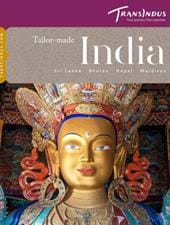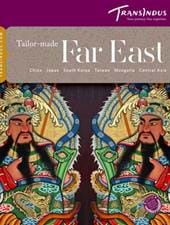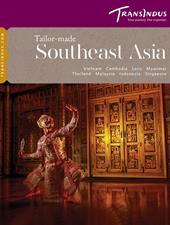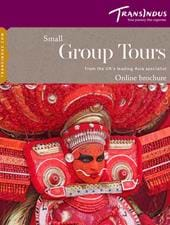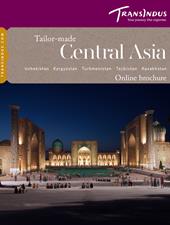Even with the luxury of air-conditioning today, a spell in the mountains of south India can come as a welcome respite from the heat of the plains, just as it did in British times, when the entire administration of the Madras Presidency used to de-camp at the height of the hot season to a town high in the Nilgiris called Ooty. Known as “the Queen of Hill Stations”, Udhagamandalam, as it’s named, lies at an altitude of just over 2,000m (6,500ft). The air is cool, humidity levels low and in winter, nighttime temperatures are cool enough to require bonfires in the garden of an evening and hot water bottles at bedtime.
Although it’s become a bustling modern resort, ‘Snooty Ooty’ still retains echoes of the Raj, recalling the era when the local hunt chased jackals around the lake, tea dances at the Gymkhana Club were the highpoint of the social calendar, and eligible young ladies of the “Fishing Fleet” made eyes at handsome subalterns on race days.
For anyone searching for faded touches of the Raj, the Savoy is the place to stay. Little changed in 150 years, the hotel regains its parquet floors and oak-panelled dining hall, and the gardens look across treetops to the distant mountains.
Opt for an extended stay of a couple of nights or more and you could go for day treks from the hotel in the surrounding mountains to villages of the herding Toda people, aboriginal inhabitants of the Nilgiris. Women in the more traditional settlements, known as munds, still wear old-style Toda costume of oiled hair curled into ringlets, with white waistcoats under hand-woven red-white-and-black striped blankets. Traditional Toda houses, thatched, barrel-shaped structures with tiny front doors, had become a bit of a rarity, but they’ve started to make a comeback in recent years, as have religious rituals involving the buffalo, which is held by the Toda as a sacred animal.
The Nilgiri Toy Train
Since it was built at the end of the 19th century, the narrow-gauge ‘Blue Mountain Railway’ running from Mettupalayam on the Tamil plains has been the most enjoyable way to reach Ooty. Classed as a ‘World Heritage Monument’ by UNESCO, the line is now among the very last in India served by steam locomotives – the screeching, wheezing and whistling of the antique trains as they grind through the shola forest and tea gardens around the town remain one of South India’s most romantic sounds. The bone-jarring journey – via 11 stations, 16 tunnels and 19 bridges – takes around four-and-a-half hours, but the views are breathtaking from start to finish.

